Date: 19 May 2022
Time: 13.45 - 16.35
Keynote
13.45 - 14.25
Lawrence Haddad, Excecutive Director, Global Alliance for Improved Nutrition (GAIN)

Presentations
14.25 - 14.50
Associate Professor Nina Aagaard Poulsen, Dept. Of Food Science, Aarhus University, Denmark

14.50 - 15.15
Sustainability Manager Anna-Karin Modin-Edman, Arla Foods, Sweden

15.45 - 16.10
Professor Epidemiology Adam Drewnowski, University of Washington, US

Abstracts

Sustainable Food Systems for Nutritious & Affordable Food
Malnutrition affects 1 in 3 people worldwide. At the centre of all these forms of malnutrition is food consumption: not enough, not enough of the right type, and too much of the wrong type. The presentation explores ways to improve the consumption of nutritious safe food for all, especially the most vulnerable, within planetary boundaries.
Lawrence Haddad, Excecutive Director, Global Alliance for Improved Nutrition (GAIN)

Sustainable milk production: Effect of feeding and feed additives on milk quality and functionality
Reducing climate footprints and making milk production more sustainable is an urgent need for future dairying. Mitigating methane emission through specific feed practices and feed additives are intensively studied. A new project studies the effect of feed additives including 3-NOP and nitrate as well as fat supplementation on milk quality and functionality. Internationally, dairy labels based on grass-fed dairy cows have increasing market shares, and result from a Danish herd with 100% grass-feeding have documented higher milk vitamin contents and improved ω-3/ω-6 ratio. Furthermore, regulations demand a better monitoring of the N and P flow from farms to the environment, and optimizing protein supplementation in feed may go hand in hand with a growing interest for phasing out imported soy, and secure a more self-sufficient feed production for dairy cows. However, from a milk perspective, changes in N/P supplementation may also affect the protein-mineral balance in milk and thereby affect milk functionalities. Our primary aims are to document how these emerging strategies affect milk composition and functionality, and to secure that milk quality is not compromised in the search for more sustainable solutions for dairy production systems. Co-authors: Gayani M. S. Lokuge, Lars Wiking, Lotte Bach Larsen.Department of Food Science, Aarhus UniversityBart BuitenhuisCenter for Quantitative Genetics and Genomics, Aarhus UniversityMorten Maigaard, Peter Lund, Marianne JohansenDepartment of Animal Science, Aarhus University
Associate Professor Nina Aagaard Poulsen, Dept. Of Food Science, Aarhus University, Denmark

Arla Foods - sustainable strategy in action
Arla Foods launched their new environmental strategy in 2019, with three overarching goals: Better Climate, Clean Air and Water and More Nature. Arla strive to be carbon net zero by 2050, including the farm level, and achieve nutrient cycles in balance and to contribute to biodiversity and ecosystem services such as access to nature. The goals set were based on research findings in a thorough environmental profit and loss study within the company, matched against planetary boundaries at risk from food production, the Sustainable Development Goals and international agreements made by governments in their core production countries in NW-Europe. Expert consultations were held and, being a farmer owned cooperative, with their owners. In addition, they set Science Based Targets for the climate impact reductions until 2030, where they committed to contribute to the achievement of the Paris Agreement. The execution of the environmental strategy will be ensured by setting 5-year targets, delivering on the goals, and by incorporating them into the annual business-planning process for the different company functions. The strategy emphasises three principles of relevance to achieving the goals; from fossil to renewable, circular economy and cooperation in the value chain. Arla Foods funds and engages in research projects to achieve the objectives, including how to further improve environmental sustainability at the farm level as well as the important role of dairy in sustainable diets, now and for the future.
Sustainability Manager Anna-Karin Modin-Edman, Arla Foods, Sweden

How to reduce climate impact while enhancing nutritional value and preserving exiting food culture?
The four domains of sustainability are health, economics, society, and the environment. Healthy food patterns from sustainable food systems need to be nutrient rich, affordable, culturally acceptable, and appealing. Sustainable foods systems, in turn, need to reduce their impact on the environment and help mitigate climate change. The current debate on personal, public and planetary health has been framed largely in terms of agricultural production and its environmental costs, still largely measured in terms of greenhouse gas emissions. Missing from the debate – and from the EAT Lancet report – were larger-scale considerations of affordable nutrition, global scarcity of high-quality protein, and the cultural, social, and economic value of livestock and dairy. These forgotten social and economic components of the sustainability framework deserve a closer look. Firstly, recommendations for a healthy global diet do not always concern themselves with food production or with food prices and diet costs, especially at the local levels. As a result, the recommended healthy diets ae not always feasible or affordable for the world’s poor. Economic feasibility metrics ought to accompany each set of dietary guidelines. Secondly, better metrics of the social and cultural value of foods are required. Preserving territorial food cultures and eating habits promotes social stability and cohesion in an increasingly fragmenting world. The economic viability of dairy farming worldwide needs to be addressed with respect to the UN Sustainable Development Goals on alleviating poverty and empowering women. Finally, environmental costs, still calculated per weight of food, need to be recalculated per 2000 kcal/d energy ration or better yet per 100% daily value of selected nutrients, including high quality protein. Balancing human nutrient needs, economic constraints, and societal values against the environmental impact of food production with require some trade-offs.
Professor Epidemiology Adam Drewnowski, University of Washington, US

Dietary quality scores to assess sustainability
Changes in production and consumption of foods offer a great potential for improved environmental sustainability and public health. However, transition towards diets which promote healthy foods with minimal environmental impact requires scientific methods that can support evidence-based policy decisions and recommendations. Dietary quality scores are suggested as a methodological framework to assess nutrient density of food products and diets which allows for combined assessments where the environmental impact of food products is expressed relative to the nutritional value. This presentation will focus on existing methods to evaluate combined environmental and health effects of food products and discuss implications of methodological choices on sustainability performance. The role of dairy in a sustainable diet will be discussed by providing examples of how dairy products are ranked compared to other food groups when a combined nutritional and environmental perspective is applied.
PhD Elinor Hallström, RISE, Sweden
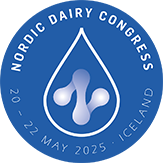








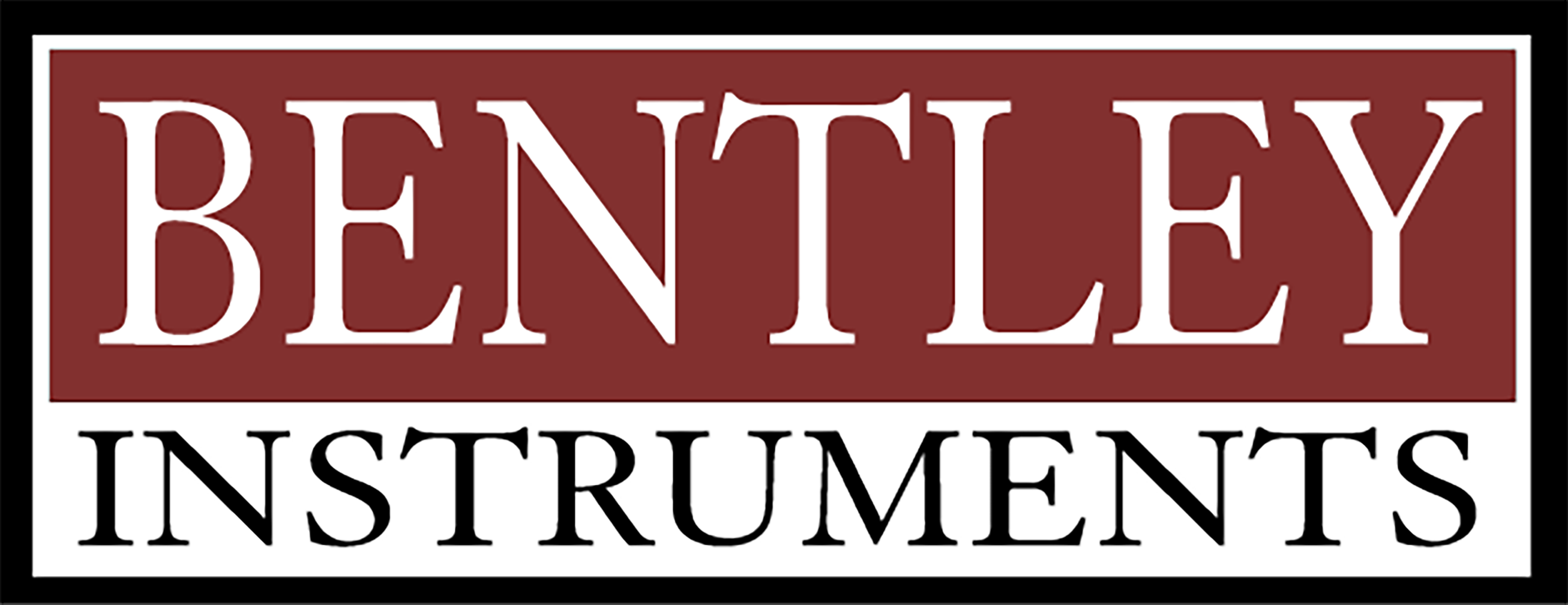






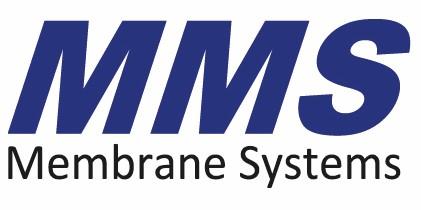


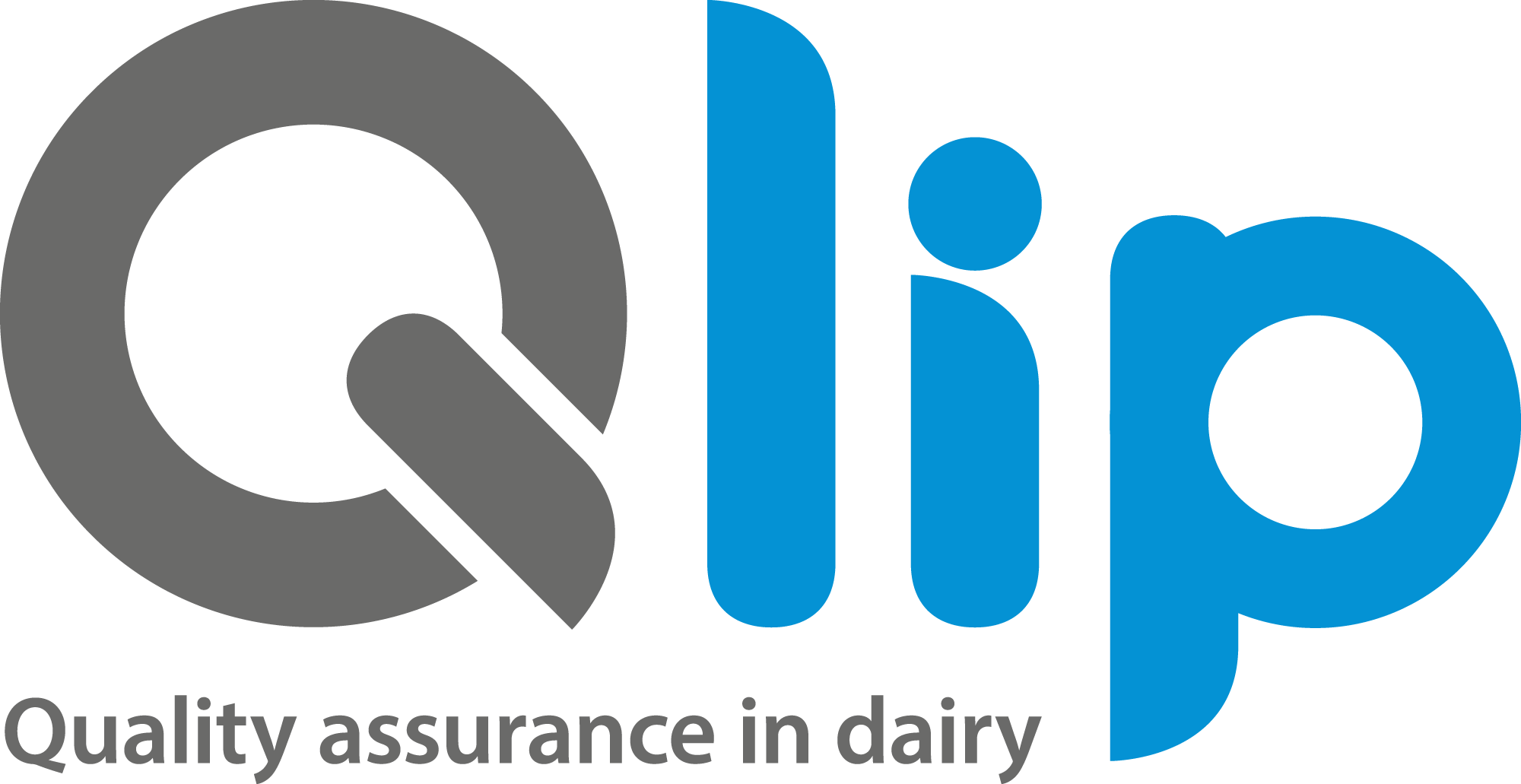
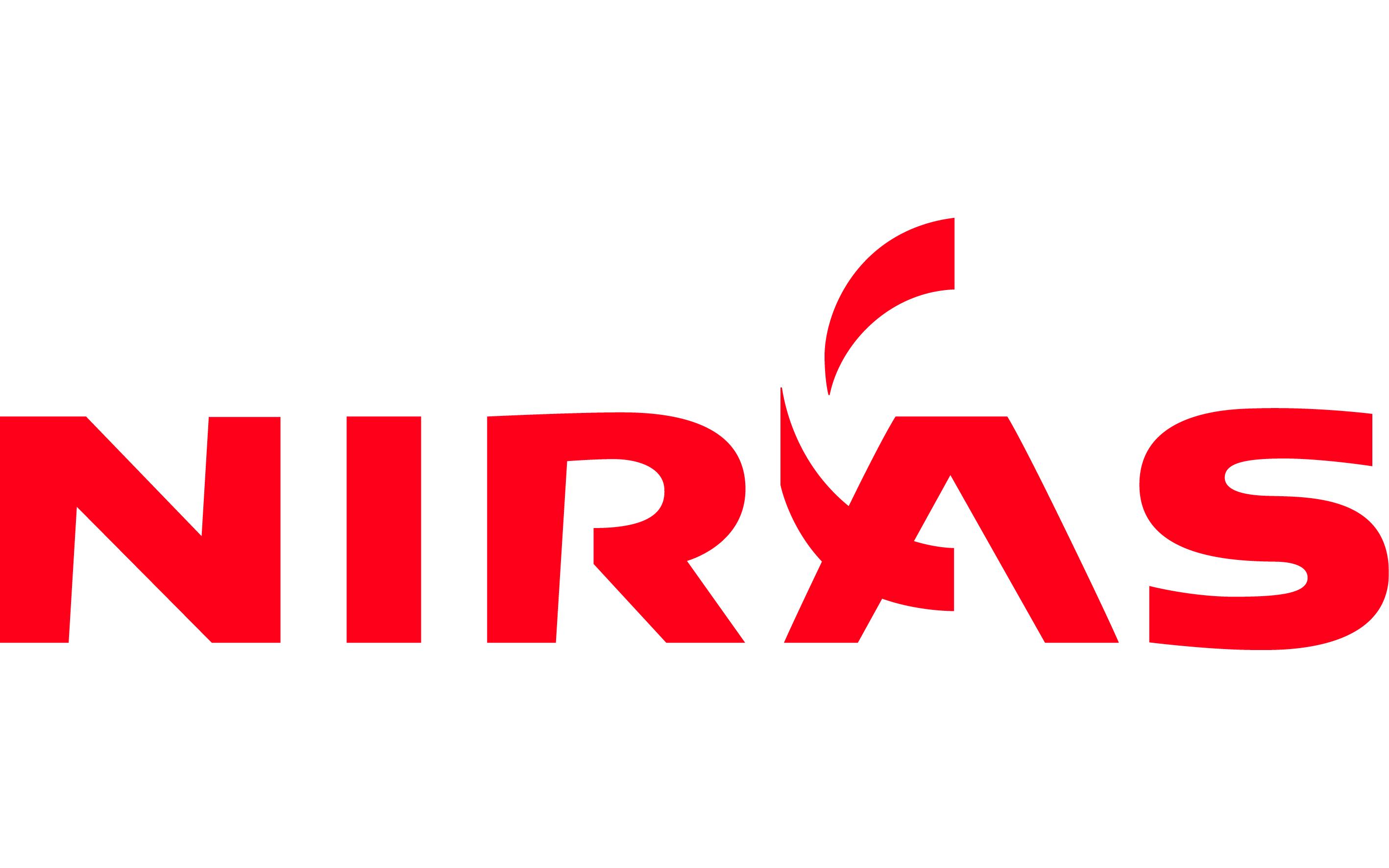
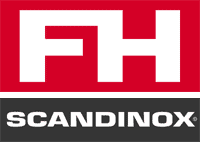

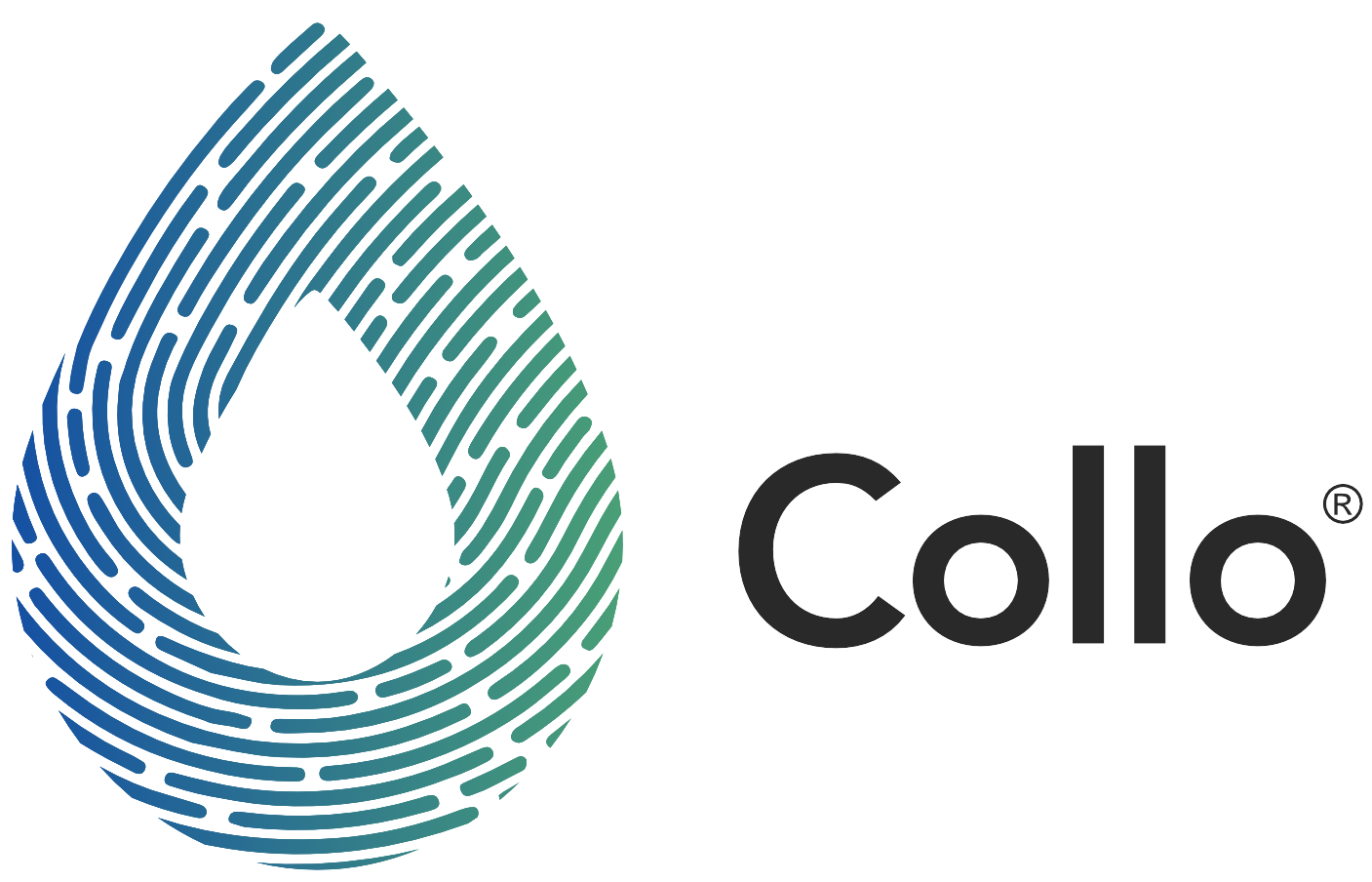
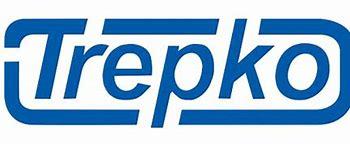




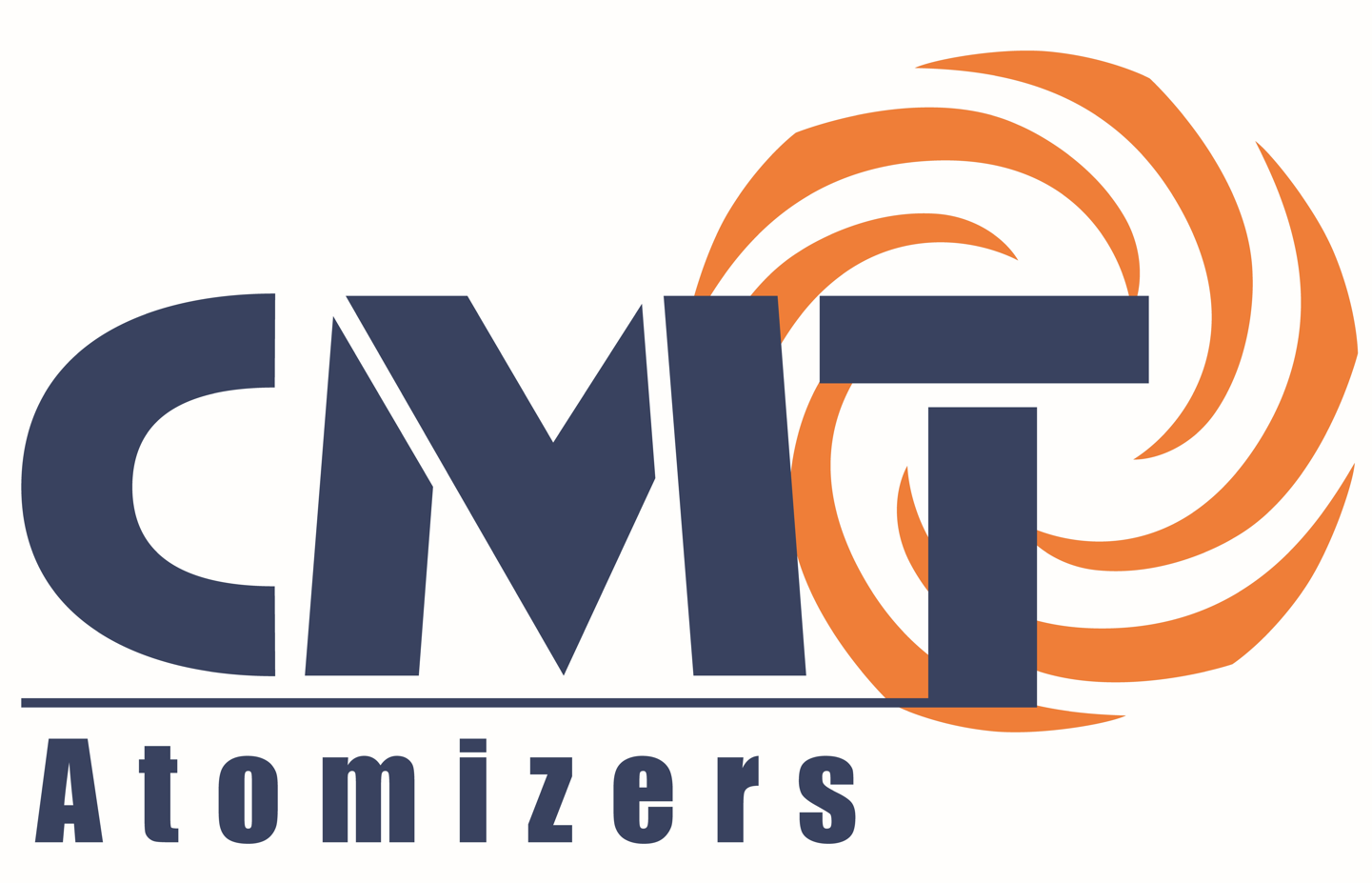
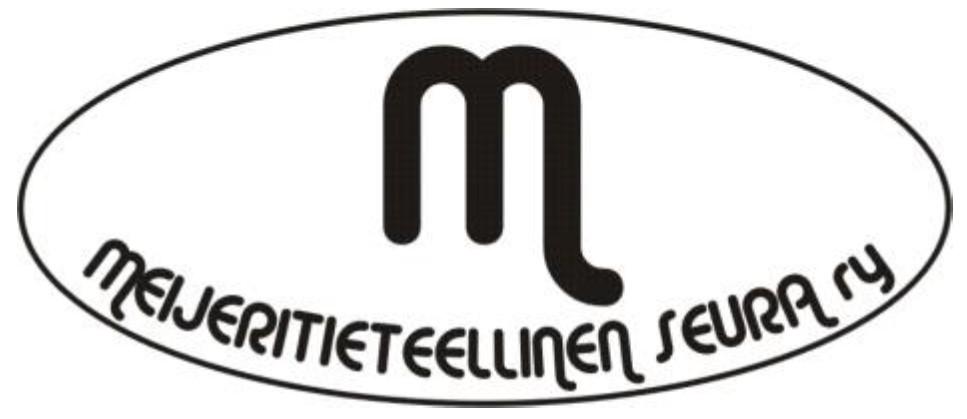
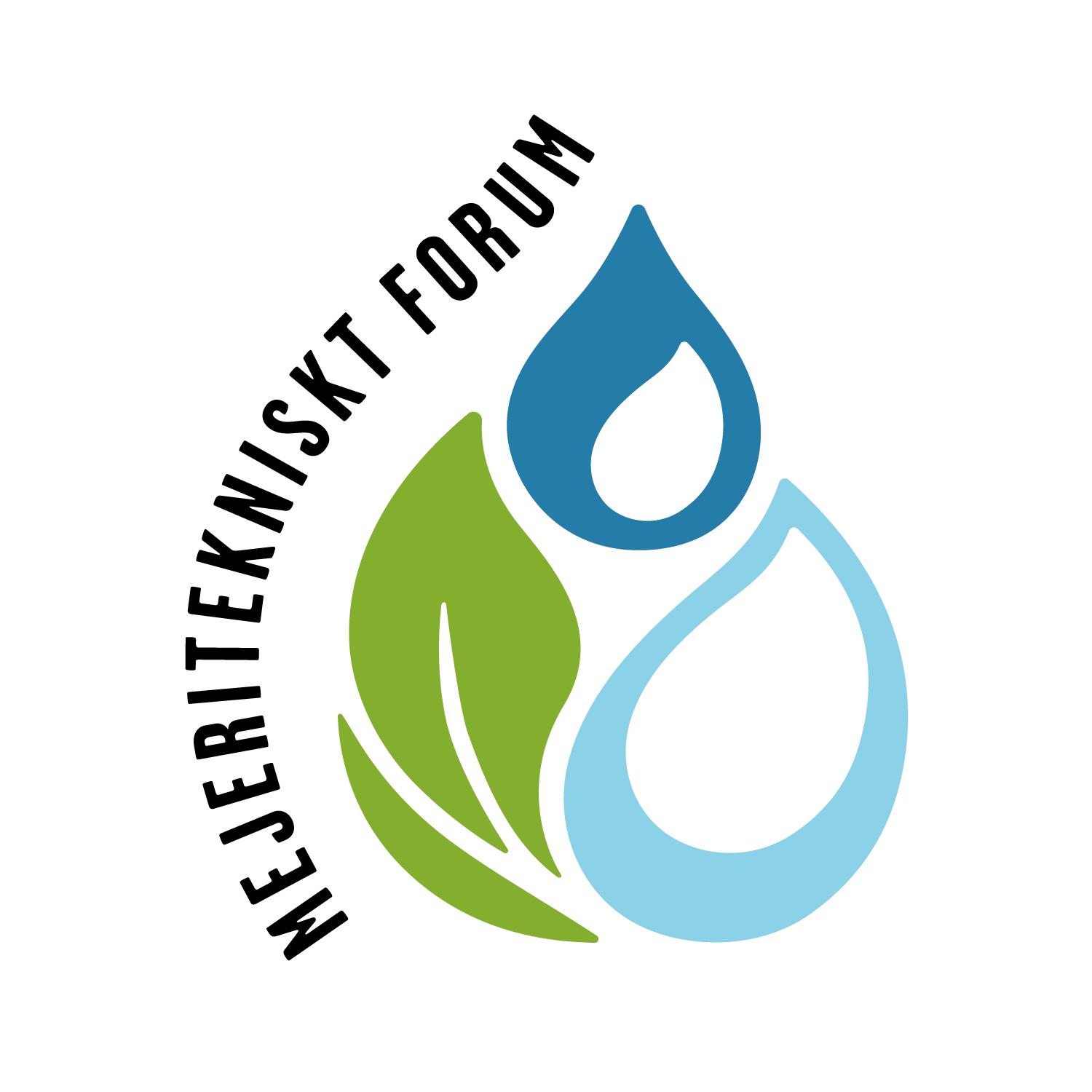
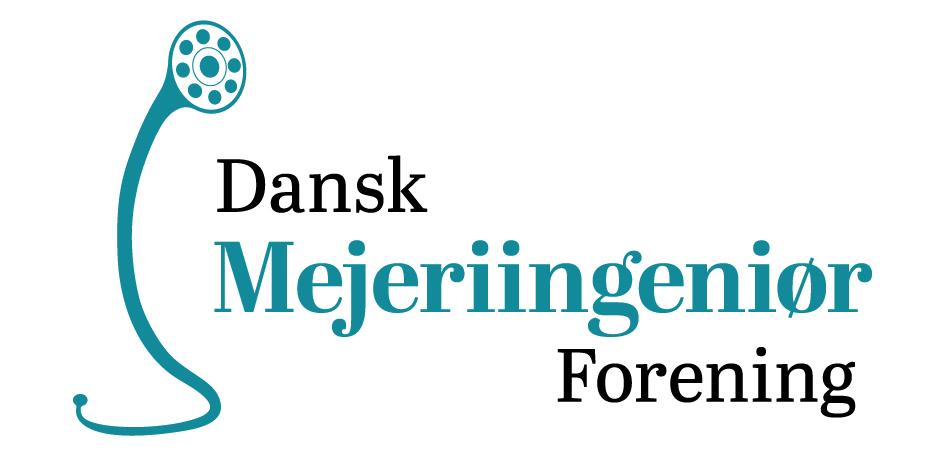




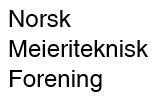
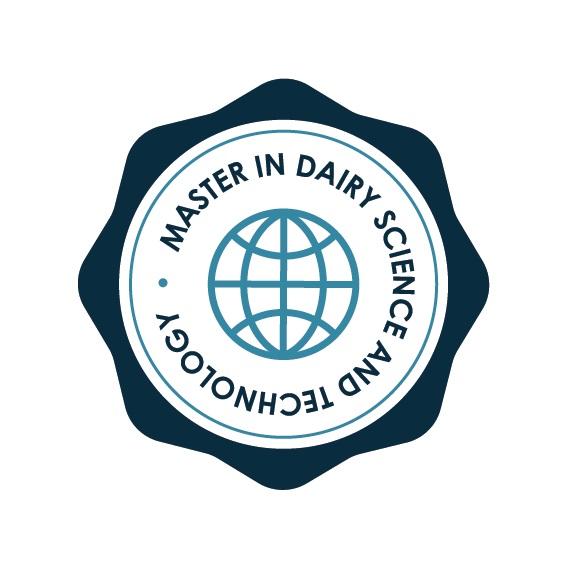


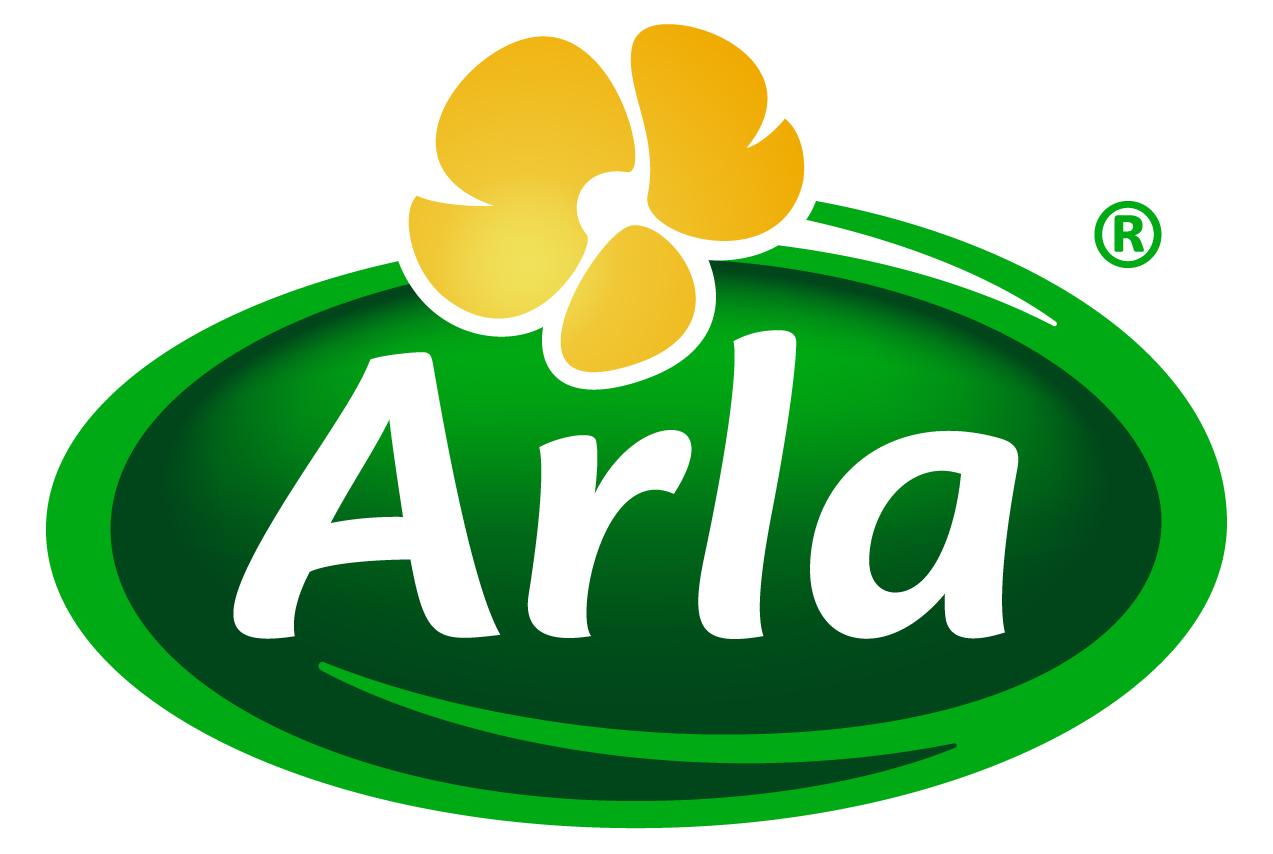

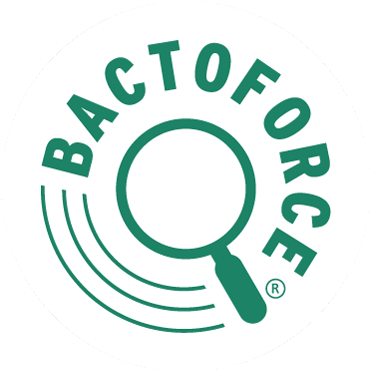

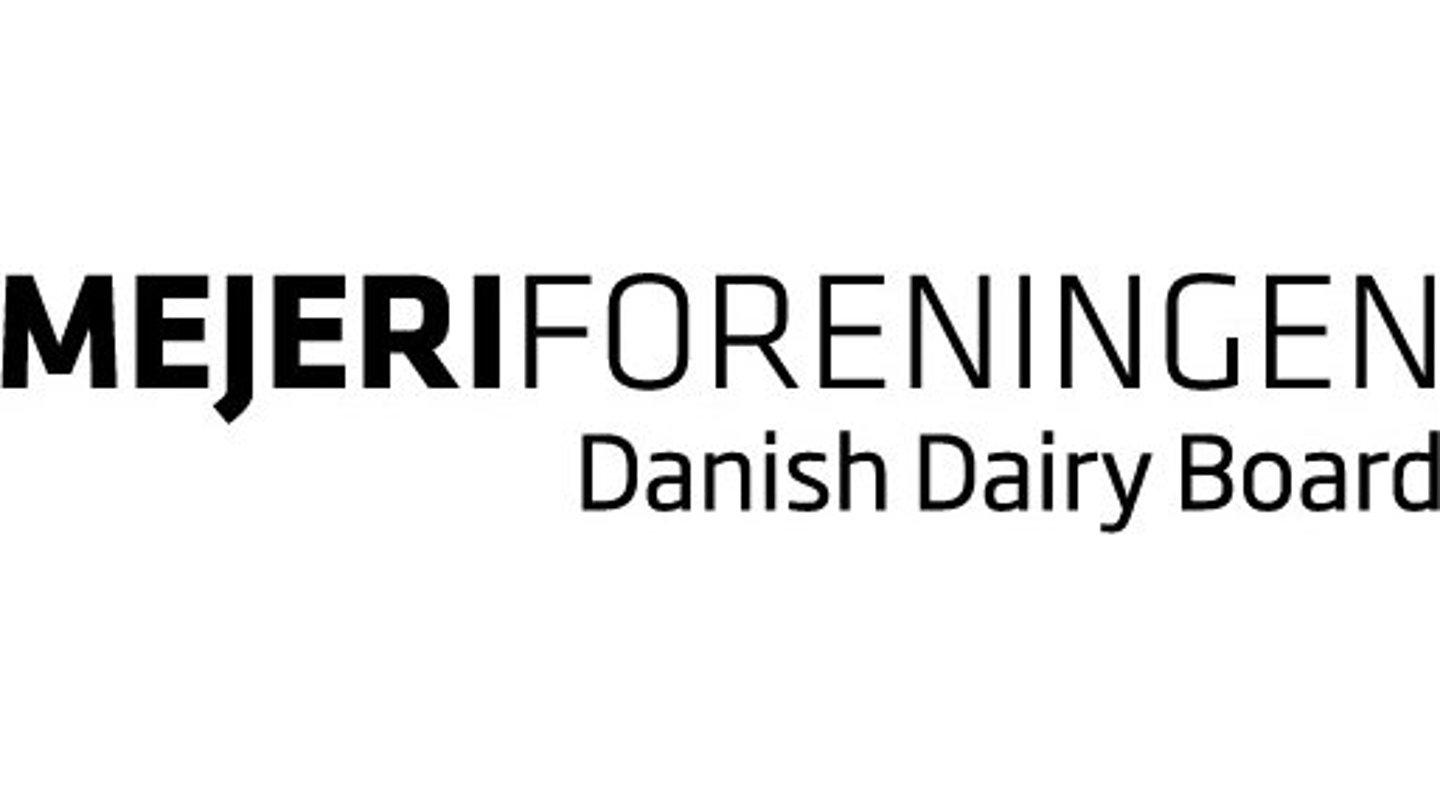
 Munkehatten 28
Munkehatten 28